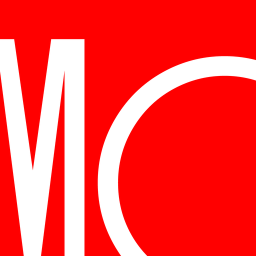The profitability screen requires that the sum of a company’s GAAP earnings over the past four quarters be positive as well as the most recent quarter. The screen imparts a slight quality tilt to the portfolio but has a limited impact relative to other large-cap benchmarks since large-cap stocks tend to be profitable. There have been instances where the profitability screen prevented otherwise qualified companies from index inclusion. Most notably, Tesla TSLA was added to the index in December 2020, despite passing the liquidity and market-cap thresholds in January 2013. Once the index committee selects stocks, it weights them by market cap.
Market-cap weighting harnesses the market’s collective wisdom on a stock’s relative value and helps reduce turnover and associated trading costs. The index committee further curbs turnover by implementing changes as it sees fit rather than adhering to a strict reconstitution schedule.
The strategy approximates the contours of the large-cap market. Its sector composition is in line with the Morningstar US Large-Mid Cap Index with no sector deviating by more than 1%, as of December 2023. Its value-growth bias also falls in line with the Morningstar bogy.
Market-cap weighting consistently guides the index into the largest and most established names. As of December 2023, 94% of the strategy’s assets were companies with wide or narrow Morningstar Economic Moat Ratings, showcasing the portfolio’s durability.
This strategy is well-diversified. As of December 2023, its top 10 holdings represented 31% of the portfolio, generally lower than peers. However, the portfolio is more concentrated than usual. For example, recent the outperformance of a few technology companies, such as Apple AAPL, Microsoft MSFT, Amazon.com AMZN, Nvidia NVDA, Alphabet GOOGL, Tesla TSLA, and Meta Platforms META, commonly known as the Magnificent Seven, ballooned the top 10 holdings to 31% of assets at the end of December 2023, which was the highest percentage over the past 35 years. The index may become less concentrated if the market rally broadens.
The portfolio managers reinvest dividends as they are paid and use derivatives to equitize cash to keep pace with the benchmark. They also engage in securities lending to generate additional income, which may partially offset fees. But the income is limited since large-cap stocks are widely available for borrowing and don’t generate much lending revenue.
Note: The Process Pillar rating and analysis are indirectly assigned by an analyst. When an analyst covers a passively managed vehicle that tracks a particular index, Morningstar associates the Process Pillar rating assigned to that vehicle with the index concerned. Morningstar then maps the Process Pillar associated with a given index to any other uncovered passive strategies that track the same index. This ensures that the analyst’s view is leveraged whenever available and promotes consistency when analyzing passive vehicles associated with a given index.

